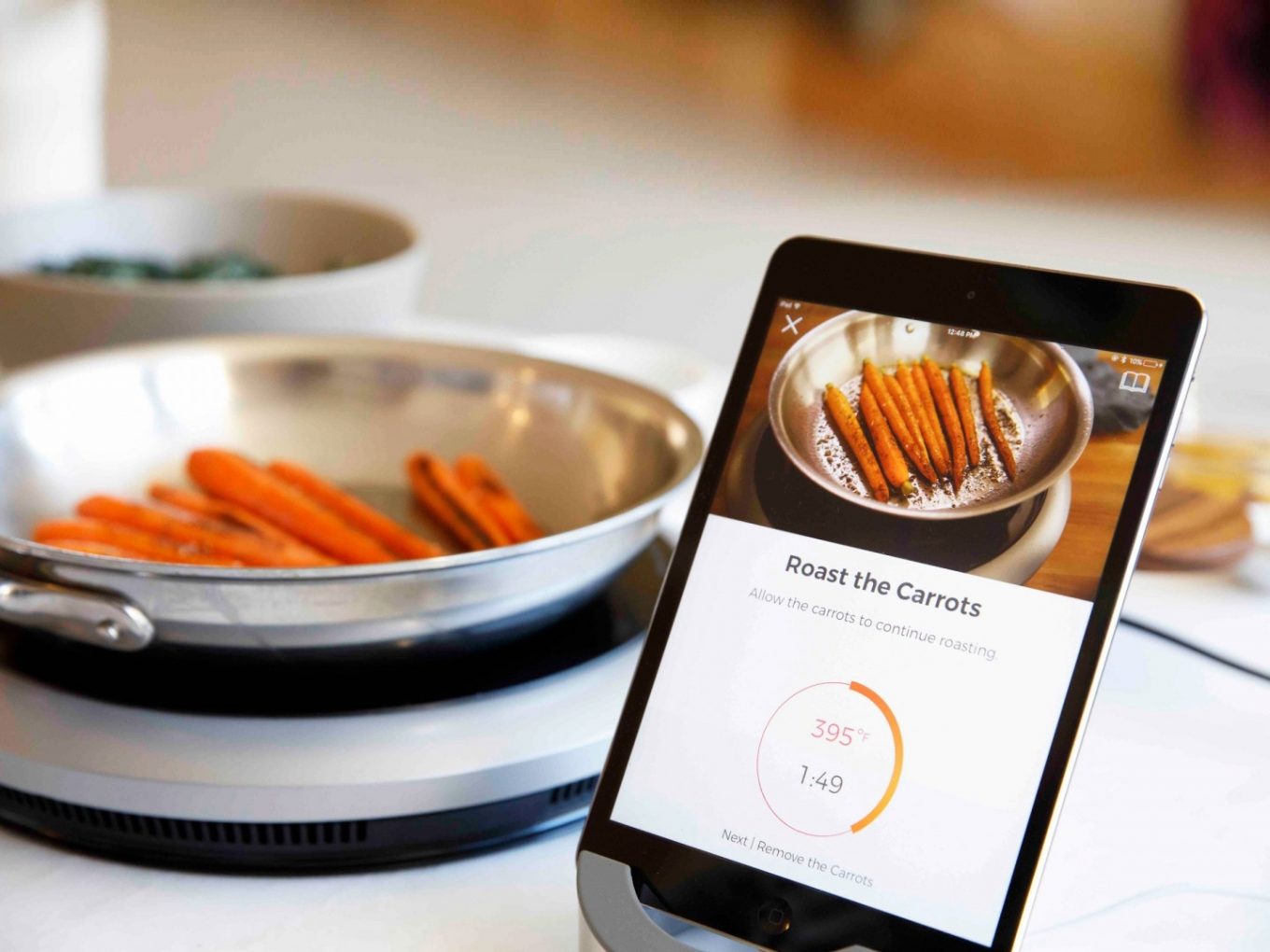
Are you doing enough to protect patrons in your restaurant from foodborne illness? Also known as food poisoning, it’s a serious and potentially life-threatening illness. According to the Centers for Disease Control and Prevention (CDC), approximately 48 million Americans become sick from foodborne illness each year. To put that number into perspective, that’s roughly 15 percent of the U.S. population. As a restaurant owner, though, you can protect patrons from salmonella, norovirus and other foodborne pathogens by using the right technology.
Food Temperatures
As most culinary professionals know, cooking meat to the right temperature is important in protecting against foodborne illness. According to Foodsafety.gov, ground meats — pork, veal, beef, and lamb should be cooked to at least 145 degrees Fahrenheit, and chicken should be cooked to at least 165 degrees Fahrenheit. It’s also important that food is defrosted correctly so as to raise the temperature to one suited to cooking. This can be done safely in several ways, for instance, you may submerge frozen turkey in cold water to thaw it out before cooking.
Illness-causing bacteria is everywhere. It’s especially common in meats, which is why it’s important to cook them to the appropriate temperatures. Undercooked may contain high levels of bacteria, increasing the risk of illness when consumed.
Temperature Measuring Device
The problem faced by many restaurant owners is trying to measure food temperatures without destroying the food. Cutting into a steak, for instance, offers a general view of whether it’s cooked. Most patrons, however, don’t want to see their steak or food chopped up when it reaches their table.
Thankfully, a temperature monitoring device (TMD) offers a simple and effective solution. TMDs are designed to measure the temperature of foods, giving you a better understanding of whether they are safe to serve.
TMDs use a variety of technologies to measure the temperature of food. One such technology is infrared (IR), which uses a laser to measure thermal radiation emitted by food. When the laser is focused on the food, it provides a reading of its temperature.
Keeping an eye on this at all times will help you to cook food correctly, reducing the risk of foodborne illness. Utilizing an industrial wireless temperature monitoring system in your kitchen can help you maintain a safe and healthy environment for both employees and patrons. Further, it can provide you with real-time data on temperature and humidity levels in your storage areas to ensure that food is stored safel
Another technology used by TMDs is radio-frequency identification (RFID). Some TMDs also use probes to measure temperature. The probe is inserted into the thickest part of the food to provide a fast and accurate temperature reading.
Using a TMD to check food temperatures is just one way to protect against foodborne illness in the food service industry. It’s equally important for restaurant owners to train their staff on the correct way to prepare and handle food. Illinois food service sanitation manager training covers a broad range of topics from food born illness prevention, personal hygiene, temperature control, and different contamination methods. Cross-contamination, for example, may occur when raw meats are exposed to vegetables. Bacteria from the meats transfers to the vegetables. And since vegetables aren’t cooked to the same temperatures as meats, this bacteria remains present when it’s served. Regular training and education, however, can reduce the risk of cross-contamination while protecting patrons from foodborne illness.

Founder Dinis Guarda
IntelligentHQ Your New Business Network.
IntelligentHQ is a Business network and an expert source for finance, capital markets and intelligence for thousands of global business professionals, startups, and companies.
We exist at the point of intersection between technology, social media, finance and innovation.
IntelligentHQ leverages innovation and scale of social digital technology, analytics, news, and distribution to create an unparalleled, full digital medium and social business networks spectrum.
IntelligentHQ is working hard, to become a trusted, and indispensable source of business news and analytics, within financial services and its associated supply chains and ecosystems










